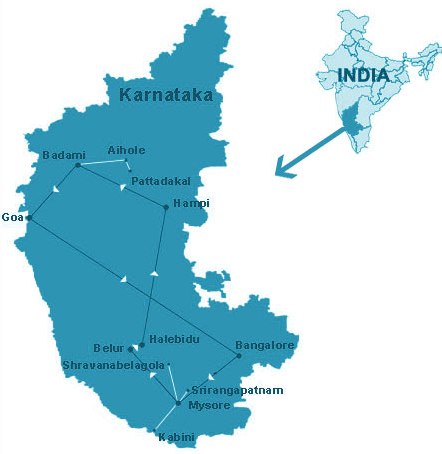7667766266
enquiry@shankarias.in
Aihole

Farm Distress
Himalayan Yak
New technique developed to monitor coastal landforms
Probiotic Yeast Strain
Pollution and Alzheimer's disease
Source: PIB, The Hindu, Business Line, Business standard